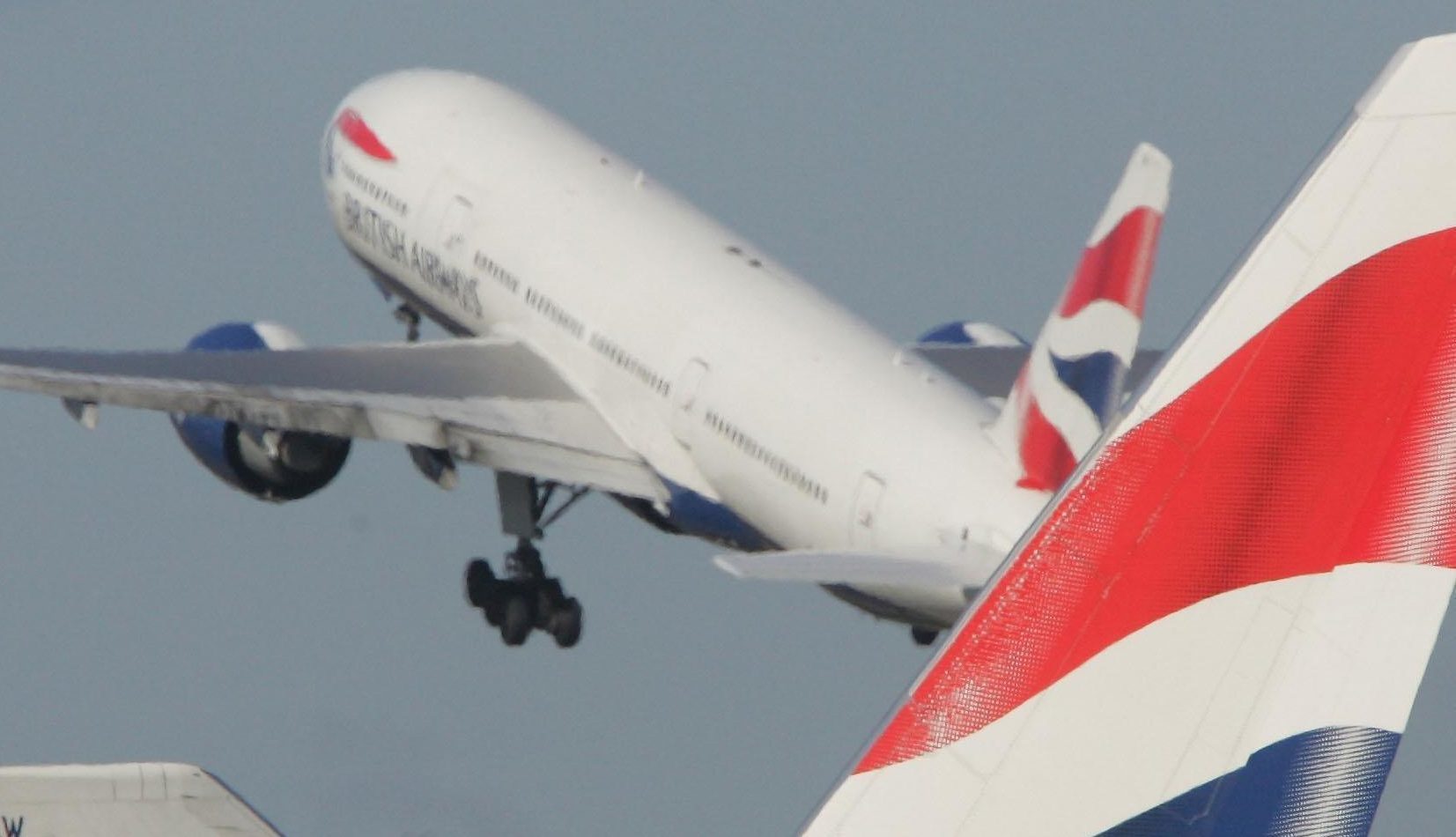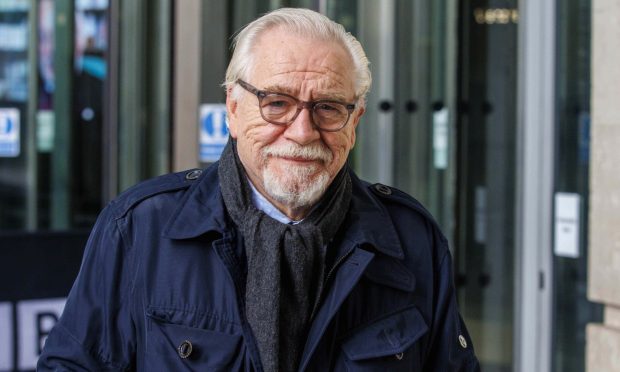Maintaining “liberal access” to European aviation markets will be a “top priority” when the UK negotiates its exit from the EU, the Government and UK airlines have said.
Aviation experts fear that flights by UK carriers could be grounded if the country withdraws from the single market for aviation as part of Brexit.
The agreement, created in the 1990s, means there are no commercial restrictions for airlines flying within the EU.
Brexit Secretary David Davis, Transport Secretary Chris Grayling and Airlines UK, a trade body for UK airlines, issued a joint statement to pledge that they will work together to ensure aviation “continues to be a major success story for the UK economy”.
They said: “Market access remains a top priority, and we want to make sure we have liberal access to European aviation markets.
“We will also work closely to explore new opportunities for further liberalisation. We are clear that Brexit provides greater freedom to seek new agreements between the UK and some third countries.
“This includes looking at possible bilateral agreements to strengthen economic and cultural ties even further with countries such as the US and Canada.”
Mr Davis and aviation minister Lord Ahmad chaired a meeting at London City Airport to discuss Brexit with industry leaders, including representatives from easyJet, Ryanair, Heathrow Airport and Virgin Atlantic.
The statement, issued following the meeting, insisted that ministers will “give as much early certainty to the sector as possible” due to the long lead-in times associated with developing new routes.
According to the Department for Exiting the European Union, the UK has the “largest aviation network in Europe”, handling over 250 million passengers and 2.3 million tonnes of cargo last year, with connections to more than 370 international destinations.
The sector was worth around £20 billion to the UK economy in 2014, the statement added.






